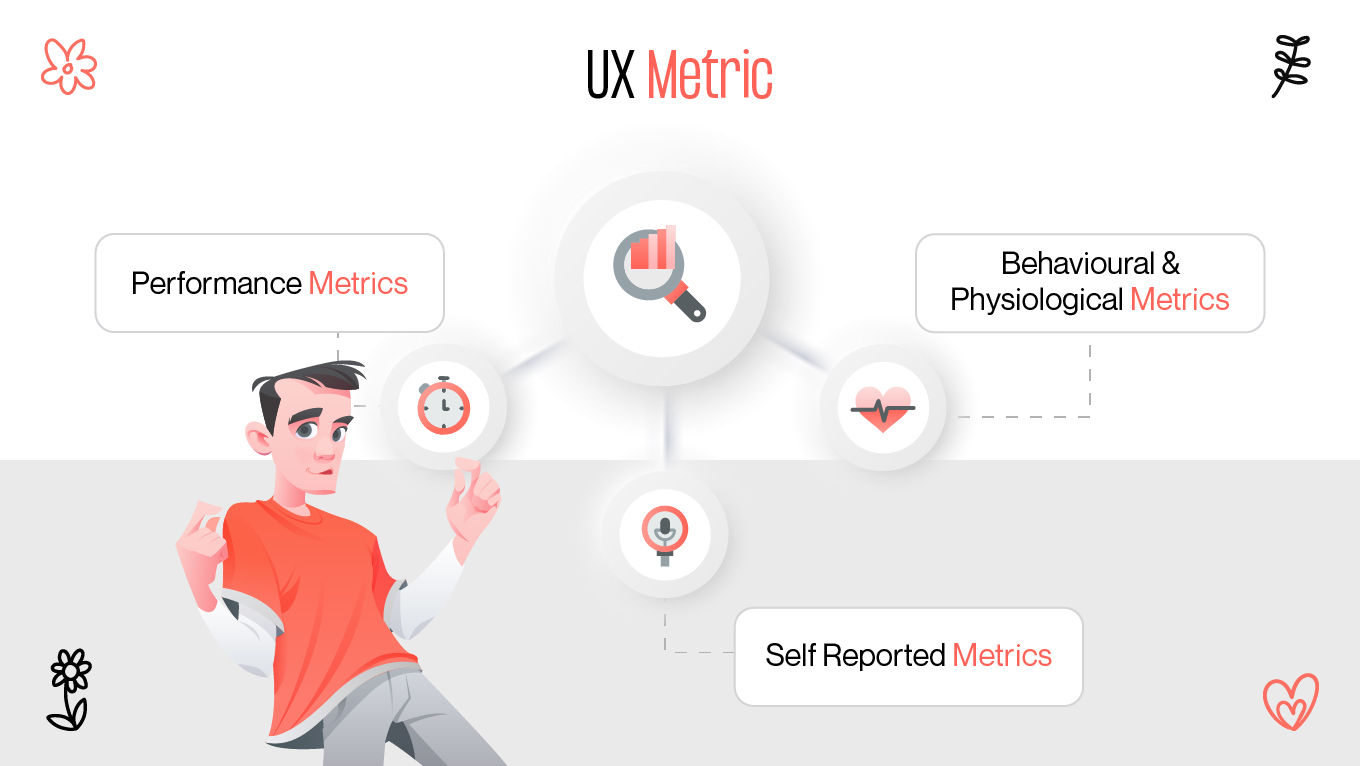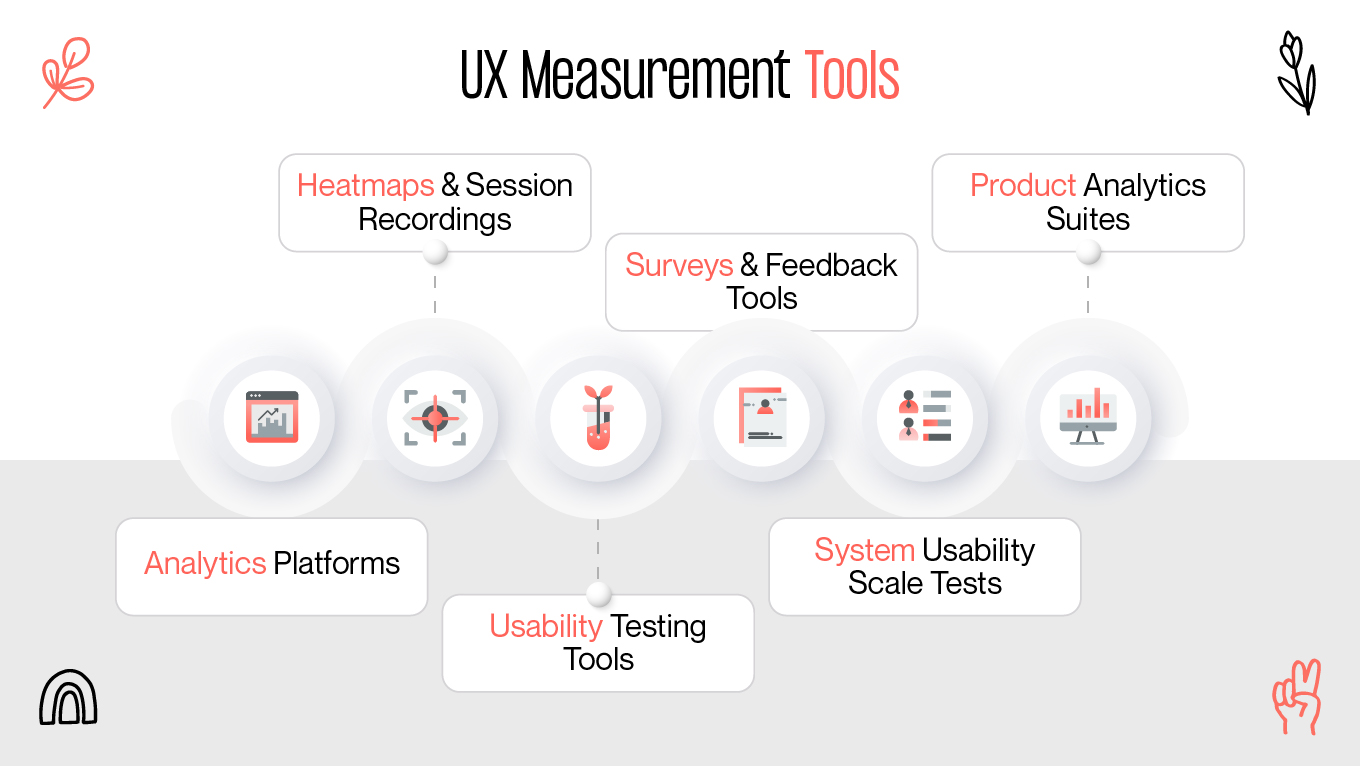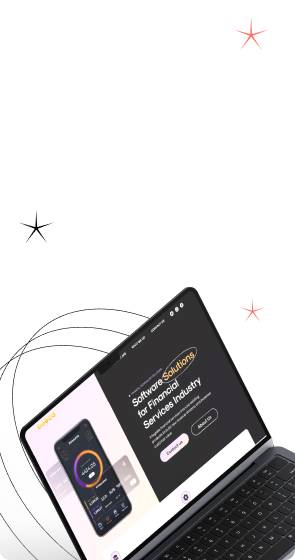Design is not just about creating something that looks good. The real job is making sure what you design works for the people using it. That's where UX metrics play a role. They offer an organized way to measure how users feel about your product, how well they can achieve their intended goal, and their level of satisfaction throughout the process. Instead of relying on assumptions or hunches, UX metrics give you tangible information on what's working and what isn't.









